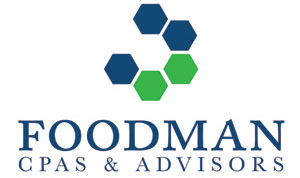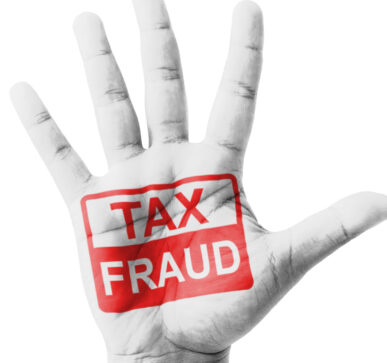The IRS recently added new categories of tax fraud
In its recently updated Fraud Handbook, the IRS adds new categories of tax fraud, including concealing domestic or foreign bank accounts and digital assets such as virtual currency. And they are anxious to prosecute.
The level of detail in the Fraud Handbook provides a roadmap for all parties involved in a tax fraud matter. The IRS, as is its wont, uses complex and hard to understand accounting theories, along with an overwhelming number of documents to support its cases.
Tax Fraud is at the forefront for the IRS, particularly for the IRS Fraud Enforcement Office (FOE,) created in 2020. The goal of the FOE is to improve fraud detection and address areas of high fraud/risk and noncompliance. It aims to cultivate internal and external partnerships to enhance enforcement, pursue civil fraud penalties and recommend criminal cases that will lead to prosecutions.
The IRS defines Tax Fraud as “an intentional wrongdoing, on the part of a taxpayer, with the specific purpose of evading a tax known or believed to be owing. Tax fraud requires both: a tax due and owing; and fraudulent intent”.
A forensic accountant on your team is crucial
In addition to an attorney, having a forensic accountant assist in resolving your case will be a critical component of your defense team. Forensic accountants have detailed knowledge of tax fraud definitions and IRS investigative resources, as well as experience dealing with IRS agents.
The role of the forensic accountant in tax fraud litigation is to assist Legal Counsel in the resolution of tax disputes. Forensic accountants will assist a judge or a jury in the understanding of the evidence or a fact in question. To do so, they collect and analyze evidence, interpret complex requirements, perform calculations, and provide their findings in a plain English report.
The IRS has six categories of Fraud Indicators including: Income, Expenses/Deductions, Books and Records, Allocations of Income, Conduct of Taxpayers and Methods of Concealment.
While the detail in the categories is mind-bendingly complete, these are some of the main elements in each of the six categories.
- Income
● Omitting, failing to report or explain sources of income.
● Inability to explain substantial increases in net worth, especially over a period of years.
● Substantial personal expenditures exceeding reported resources.
● Concealing domestic or foreign bank accounts, brokerage accounts, digital assets such as virtual currency or other property.
● Failing to file a tax return, especially for a period of several years, despite evidence of receipt of substantial amounts of taxable income. - Expenses or Deductions
● Claiming fictitious or substantially overstated deductions, expenses or exemptions for nonexistent or deceased persons. .
● Claiming substantial business expense deductions for personal expenditures.
● Falsifying or altering documents, such as birth certificates, leases or school/medical records to obtain tax credit.
● Disguising trust fund loans as expenses or deductions. - Books and Records
● Multiple sets of books, no records, concealing or refusing to submit records.
● False entries, receipts or alterations made on the books and records
● Journalizing questionable items out of the correct account. - Allocations of Income
● Distribution of profits to fictitious partners.
● Including income or deductions of a related taxpayer when tax rate differences are a factor. - Conduct of Taxpayer
● Making false statements about a material fact pertaining to the examination.
● Attempt to hinder or obstruct the examination by repeated cancelled or rescheduled appointments and refusing to provide records.
● Failure to follow the advice of an accountant, attorney or return preparer.
● Failure to fully disclosure relevant facts to the accountant, attorney or return preparer.
● Destroying books and records, especially if just after examination was started.
● Transferring assets for purposes of concealment, or diversion of funds and/or assets by officials or trustees.
● Pattern of consistent failure over several years to report income fully.
● False statements on Tax Exempt/Government Entity (TE/GE) determination letter applications.
● Use of false social security numbers; forms or affidavits.
● Attempting to bribe the examiner. - Methods of Concealment
● Insolvency of transferor.
● Asset ownership placed in other names.
● Transfer of all or nearly all of debtor’s property in anticipation of a tax assessment or while an investigation is pending.
● Use of secret bank accounts for income.
● Conduct of business transactions in false names.
Bottom Line: never go into a tax fraud case without an attorney and a forensic accountant. ©





